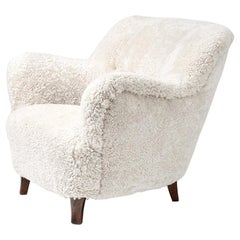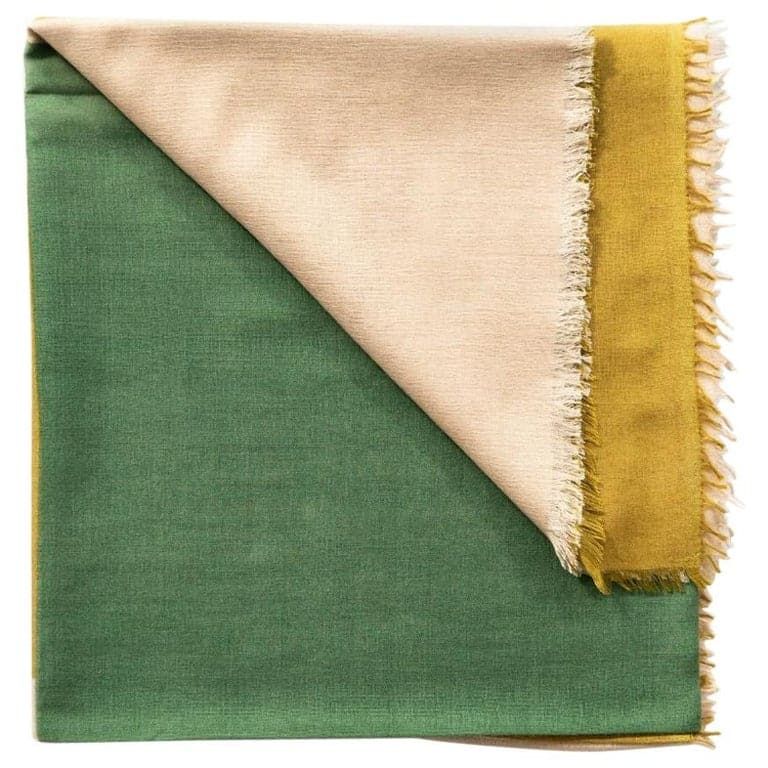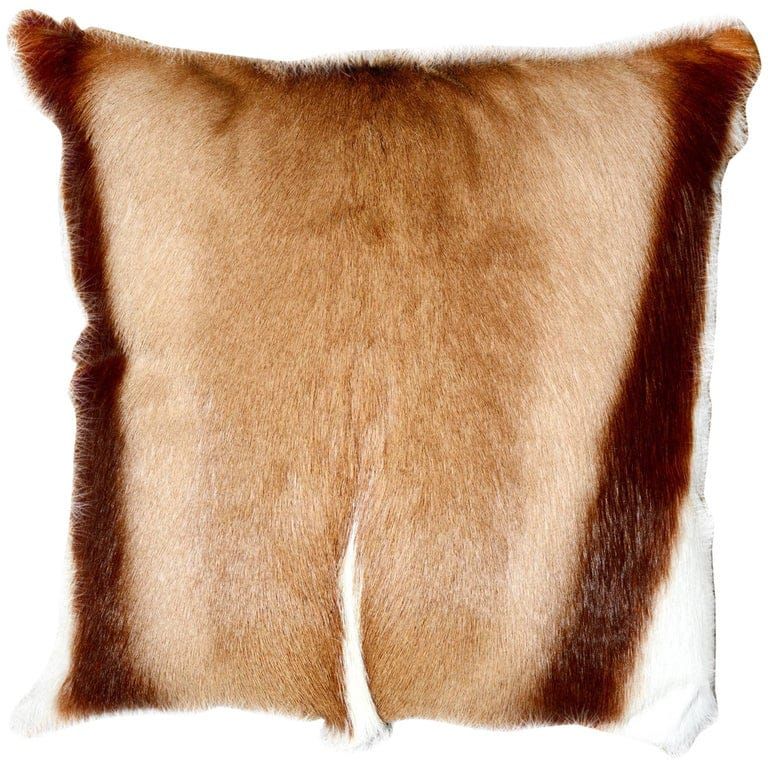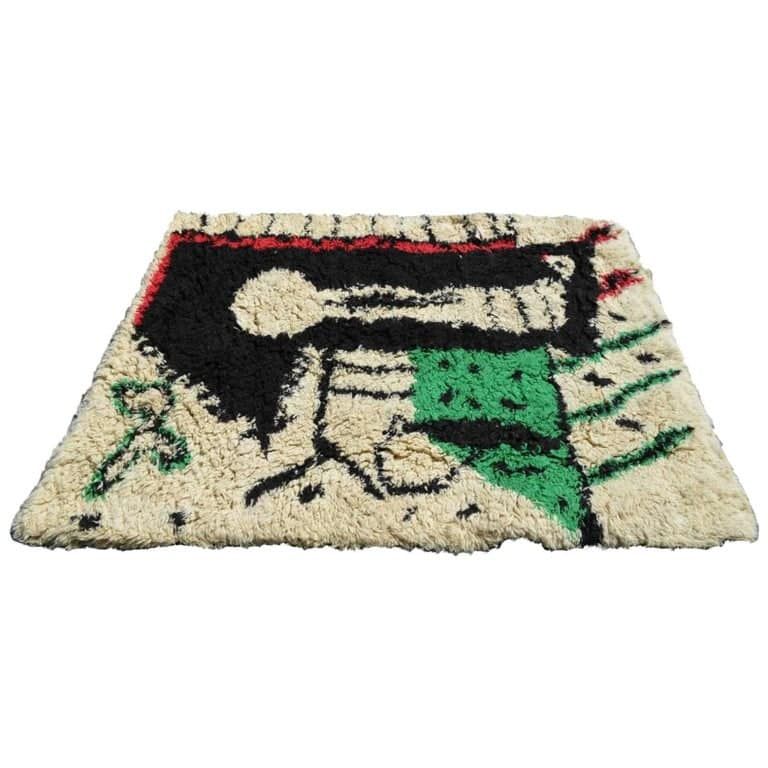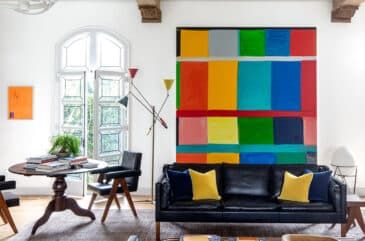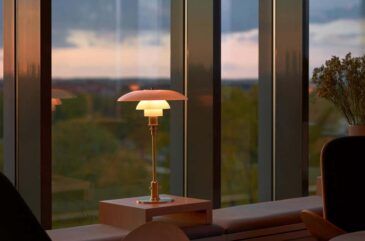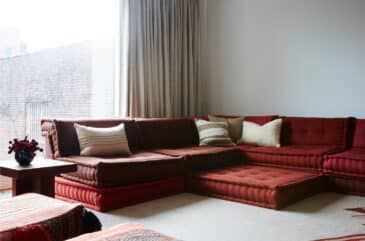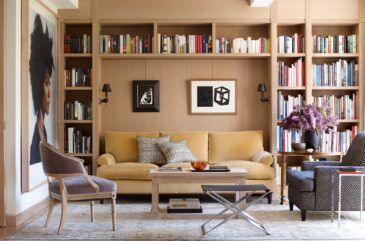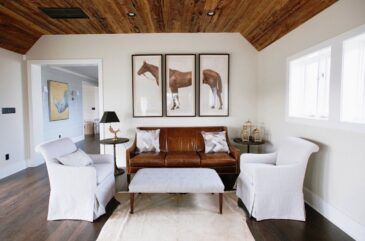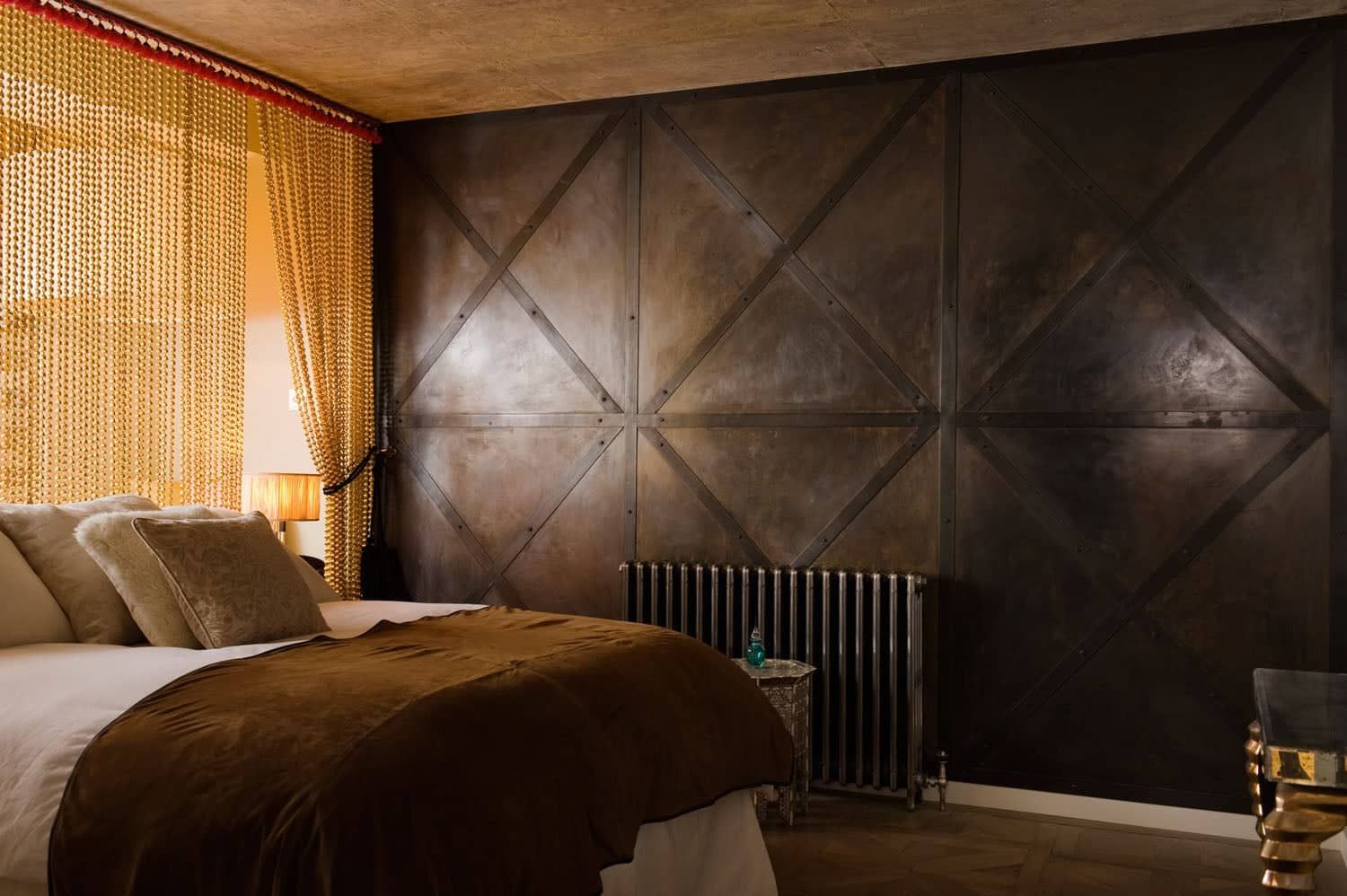
Times of political uncertainty spur the most significant cultural upheavals, whether it’s the rise of Romanticism during the French Revolution or the 1960s countercultural movement in response to the Vietnam War. So it only follows that the latest cultural zeitgeist, hygge, is a little hazy on specifics and heavy on coziness.
Because while there are certain definable moments that point to the collective anxiety we’re feeling about the current political climate — Brexit, Donald Trump’s impeachment — we haven’t yet seen the full effects of these decisions. In this unknown, we crave safety, security and closeness. Enter hygge (pronounced “hoo-guh”). The centuries-old Danish concept of snuggly comfort and simplicity is currently experiencing a global renaissance, with the New Yorker, New York Times and Telegraph all declaring hygge the next, new, best way to live.
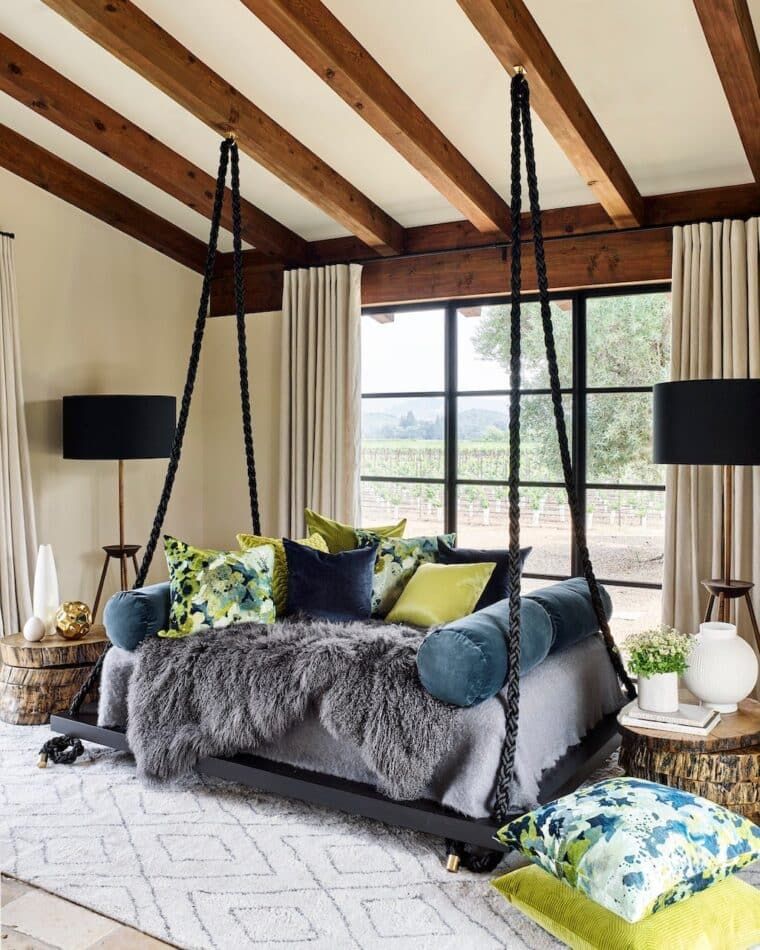
While there is no literal translation of the Danish term into English, Louisa Thomsen Brits, author of The Book of Hygge, defines it as “an experience of relatedness, of belonging to the moment and to each other. It’s a feeling of being warm, safe, comforted and sheltered. It’s that feeling of well-being and contentment.”
Tina Seidenfaden Busck, founder of Copenhagen design studio and shop the Apartment, concurs: “Hygge is intangible — a feeling, an atmosphere. You can feel it when it’s there, but it’s very difficult to stage.” And yet, here we are, trying to pin that ephemeral feeling so that we too may hygger on a regular basis in our own homes during these uncertain times.
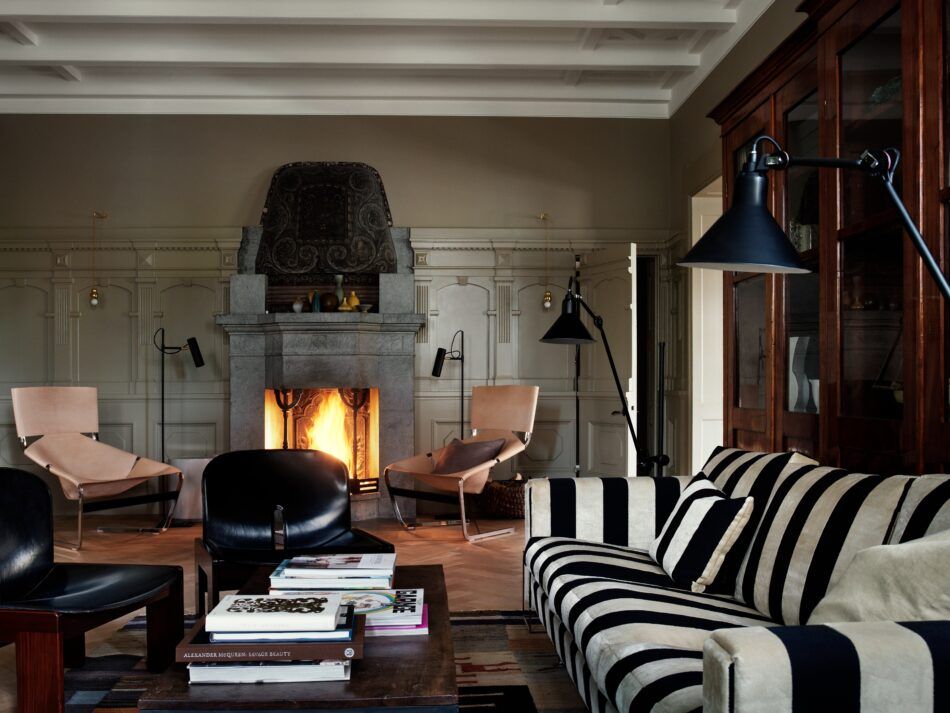
Brits puts the phenomenon this way: “The secret to hygge lies in asking ourselves where we feel most at home, who makes us feel at ease, what are the things we do that anchor us, what contributes to our sense of well-being, where do we turn for comfort?”
She points out that we all hygge without realizing it, whether it’s “beside a fire on a dark night, around a table for a shared meal, alone in bed with a good book or with a coffee in our local café.” With that said, she reminds that “like anything of value, it takes some effort. You can’t warm yourself beside a fire unless you’ve chopped wood first.”
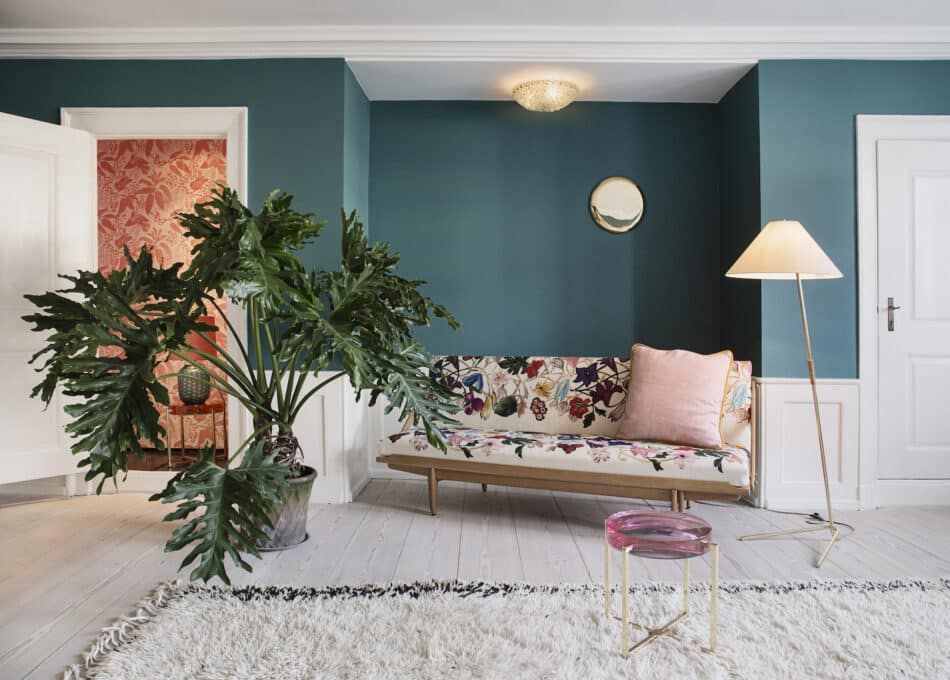
And in terms of outfitting your home with hyggelig decor, Busck recommends turning to “all types of lamps,” as “lighting is the easiest way of creating a hyggelig atmosphere in a given space, especially if they have colored glass and a warm sheer.” She also likes to add dimmers to all her lighting fixtures so she can “adjust the lighting to the situation.”
Additionally, thick rugs and upholstered pieces can instantly create a warm and cozy feeling. Tapestries and wall hangings instantly add texture and warmth. Hygge isn’t about a specific interior design style more than it is the feeling you get once you walk into a room. Honestly, a hyggelig home is in the eye — and heart — of the beholder, although cozy blankets, fluffy pillows and sumptuous rugs certainly don’t hurt.
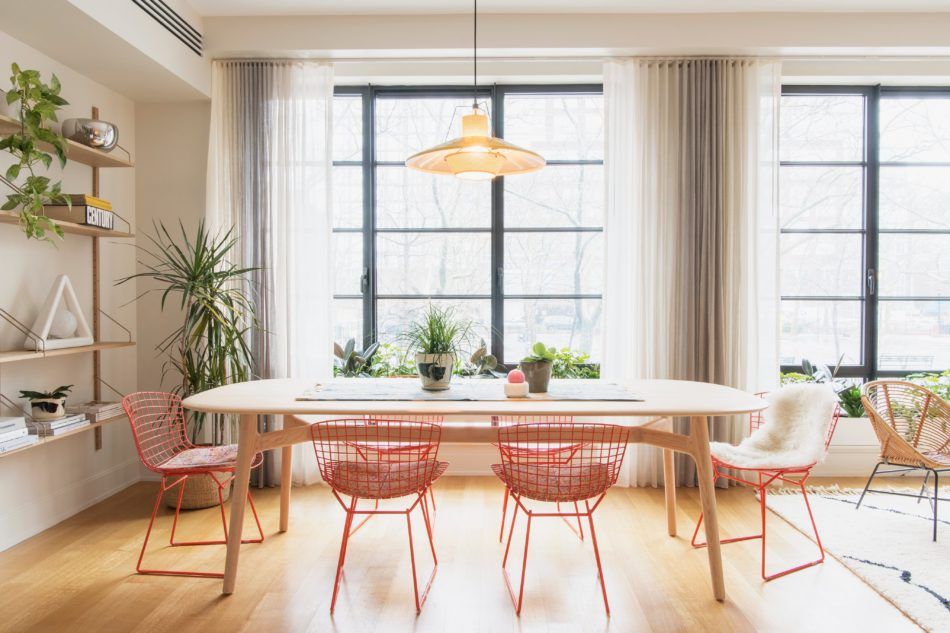
In fact, Brits reminds that it’s often “how we console and make ourselves at home wherever we are, in the flux and flow of our busy, sometimes challenging, lives” that’s the most hygge thing to do. She says “the times when I became more aware of the value of hygge was when I found myself in need of comfort — when I have been far from home, lonely or exhausted.” And isn’t that exactly how so many of us are feeling, collectively, in this moment?
Louisa Thomsen Brits’s 10 Tips For the Hygge Novice
-
Slow down.
-
Put distractions and cares aside.
-
Frame a moment by defining its boundaries.
-
Make a circle of warmth — light a candle, dim the lights, pull chairs together, adjust your surroundings to guide your energy and desires.
-
Establish a point of focus, whether it’s a cup of tea, a conversation, a shared meal, an opened book or a bottle of wine.
-
Come to your senses and think about how we are touched by everything around us.
-
Feel the contrast between this brief, restorative pause and everything that exists on its periphery.
-
Pay attention to the particulars of the moment.
-
Acknowledge that the moment will pass.
-
Celebrate.
